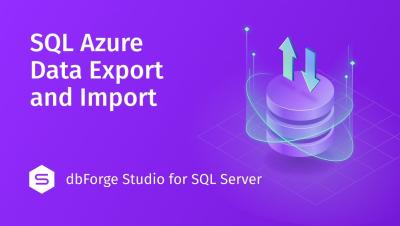Choosing the Best GUI Client for SQL Databases
Even the most skilled software and database developers, DBAs, architects, managers, and analysts benefit from using GUI clients for SQL databases. Compared to manual input of text-based commands in one’s console, such tools give you way more efficiency.











